To housebreak a stubborn dog, consistency and positive reinforcement are key. Establish a routine for potty breaks and reward good behaviour with treats.
Additionally, closely supervise your dog indoors and use a crate when necessary. Remember, patience is crucial in the training process to effectively housebreak your furry friend. By implementing these strategies, you can successfully teach your stubborn dog proper potty habits.
With dedication and persistence, you’ll soon see progress in your dog’s behaviour and create a harmonious living environment for both you and your pet.
What Is Housebreaking Challenges
Common Issues With Stubborn Dogs
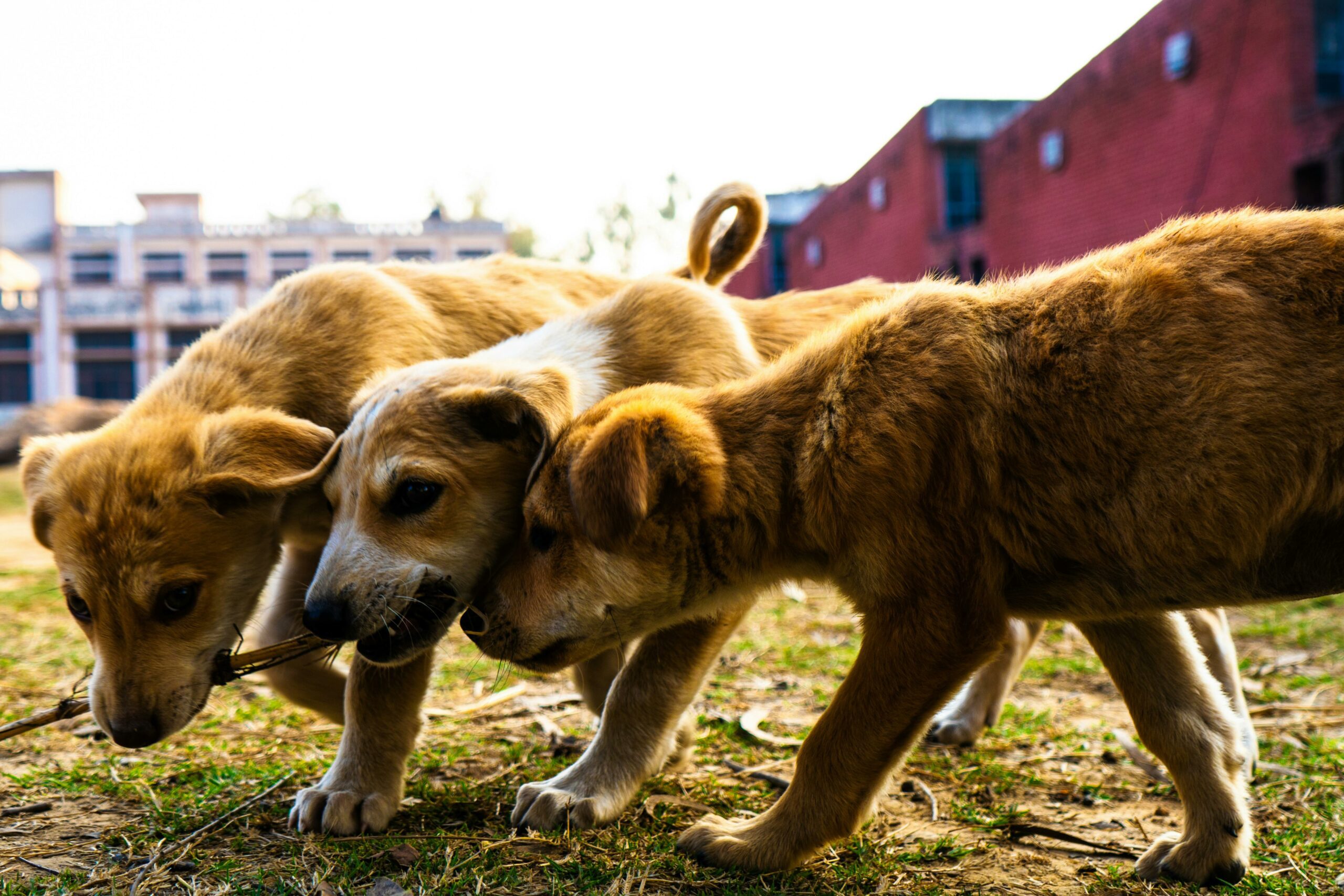
Stubborn dogs can present unique challenges during the housebreaking process. Some common issues include:
- Resistance to training methods
- Accidents despite consistent efforts
- Difficulty in establishing a routine
Setting Realistic Expectations

It’s important to set realistic expectations when housebreaking a stubborn dog. Remember:
- Consistency is key
- Patience is necessary
- Progress may be gradual
Recognising Stubborn Dog Behaviours
Housebreaking a stubborn dog can be challenging, but consistency and positive reinforcement are key. Recognize and address stubborn behaviours early to establish a successful training routine. Patience and understanding go a long way in housebreaking your furry friend.
Housebreaking a stubborn dog can be a challenging task, especially if you’re not familiar with the signs of stubborn behaviour in dogs. Understanding and recognizing these signs is crucial to effectively training your furry friend. By identifying the signs of stubbornness and understanding the canine mindset, you can tailor your training approach to address your dog’s specific needs.
Identifying Signs Of Stubbornness

Stubborn behaviour in dogs can manifest in various ways. Some common signs of a stubborn dog include ignoring commands, resisting training, exhibiting wilful disobedience, and displaying a strong-willed attitude. If your dog exhibits these behaviours, it’s essential to acknowledge their stubborn nature and adjust your training methods accordingly.
Understanding The Canine Mindset
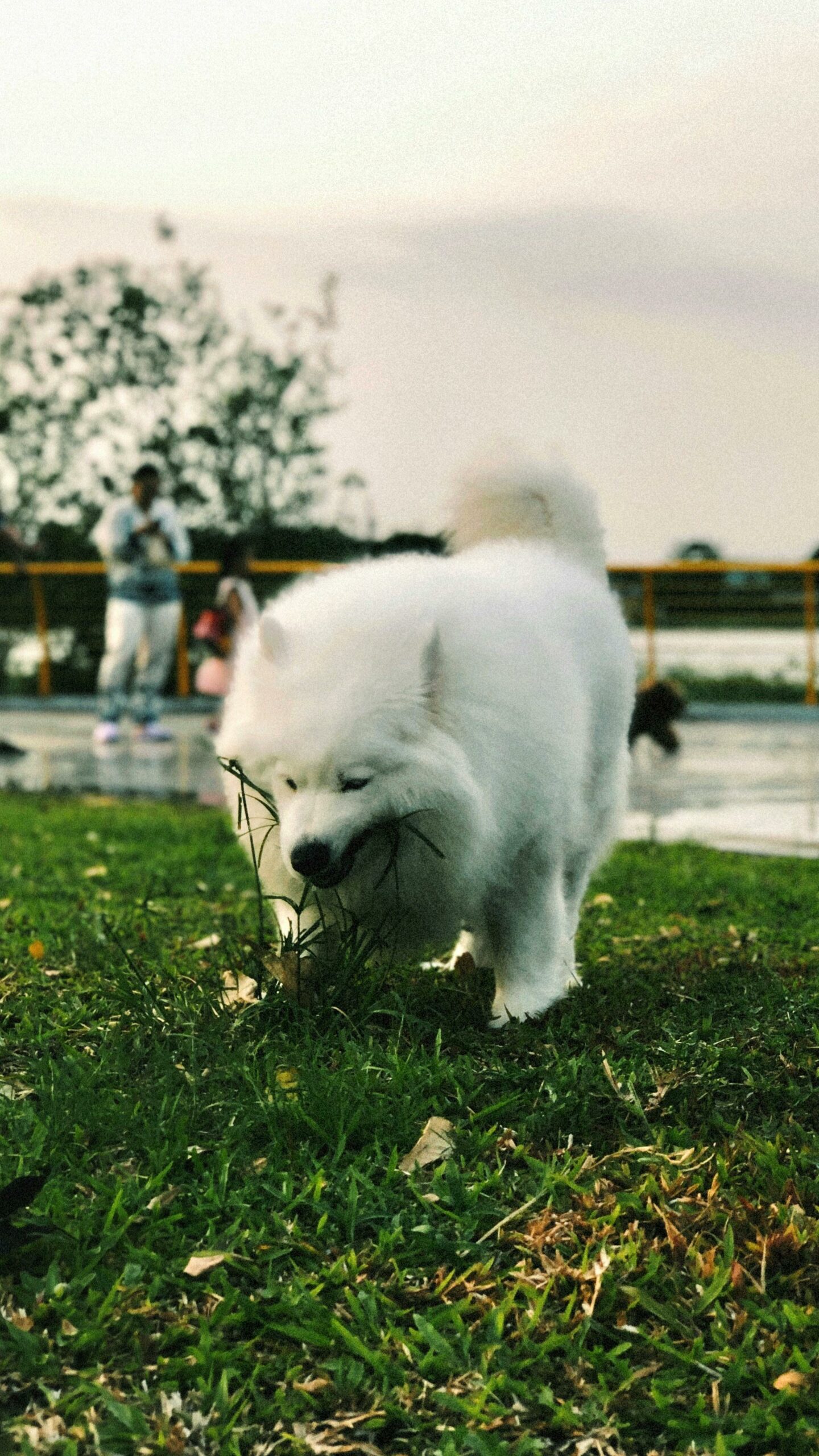
Dogs, like humans, have unique personalities and temperaments. Understanding your dog’s mindset is crucial in addressing their stubborn behaviour. Canines may exhibit stubbornness due to fear, anxiety, past traumas, or a lack of clear communication. By empathizing with your dog and recognizing their individual needs, you can develop a training approach that fosters trust and cooperation.
Preparation Is Key
Preparation is key when it comes to housebreaking a stubborn dog. By setting up the right environment and having the necessary supplies, you can create a conducive space for successful training. Here’s how to prepare for the housebreaking process.
Essential Supplies For Housebreaking
Before starting the housebreaking process, it’s essential to gather the necessary supplies. Here are some key items to have on hand:
- Puppy pads or outdoor access: Depending on whether you’re training your dog to go outside or use indoor pads, ensure you have the appropriate supplies.
- Cleaning products: Accidents are bound to happen during the training process, so having enzymatic cleaners on hand is crucial for removing odours and stains.
- Treats: Positive reinforcement is a vital part of training, so stock up on your dog’s favourite treats to reward good behaviour.
- Leash and collar: These are necessary for taking your dog outside for potty breaks and teaching them to associate the leash with going to the bathroom.
- Crate or confinement area: Having a designated space for your dog when you can’t supervise them closely is important for preventing accidents.
Creating A Conducive Environment

Setting up the right environment is crucial for successful housebreaking. Here are some tips for creating a conducive space for training:
- Designated potty area: Whether it’s a specific spot in the yard or a designated indoor area, ensure your dog knows where they should go to the bathroom.
- Consistent schedule: Establishing a routine for potty breaks helps your dog understand when they should expect to go outside or use the pads.
- Supervision: Keep a close eye on your dog, especially during the initial stages of training, to prevent accidents and reinforce positive behaviour.
- Clear communication: Use consistent cues or commands to signal to your dog when it’s time to go potty, reinforcing the association between the cue and the behaviour.
Establishing A Routine
Establishing a routine is crucial when housebreaking a stubborn dog. Consistency and predictability are key to helping your furry friend understand where and when they should do their business. By following a structured schedule, you can effectively teach your dog the appropriate times and places to relieve themselves, leading to a well-behaved and housebroken pet.
Importance Of A Consistent Schedule
A consistent schedule is essential for housebreaking a stubborn dog. Dogs thrive on routine, and establishing set times for meals, potty breaks, and walks helps them understand what is expected of them.
Meal Times And Potty Breaks
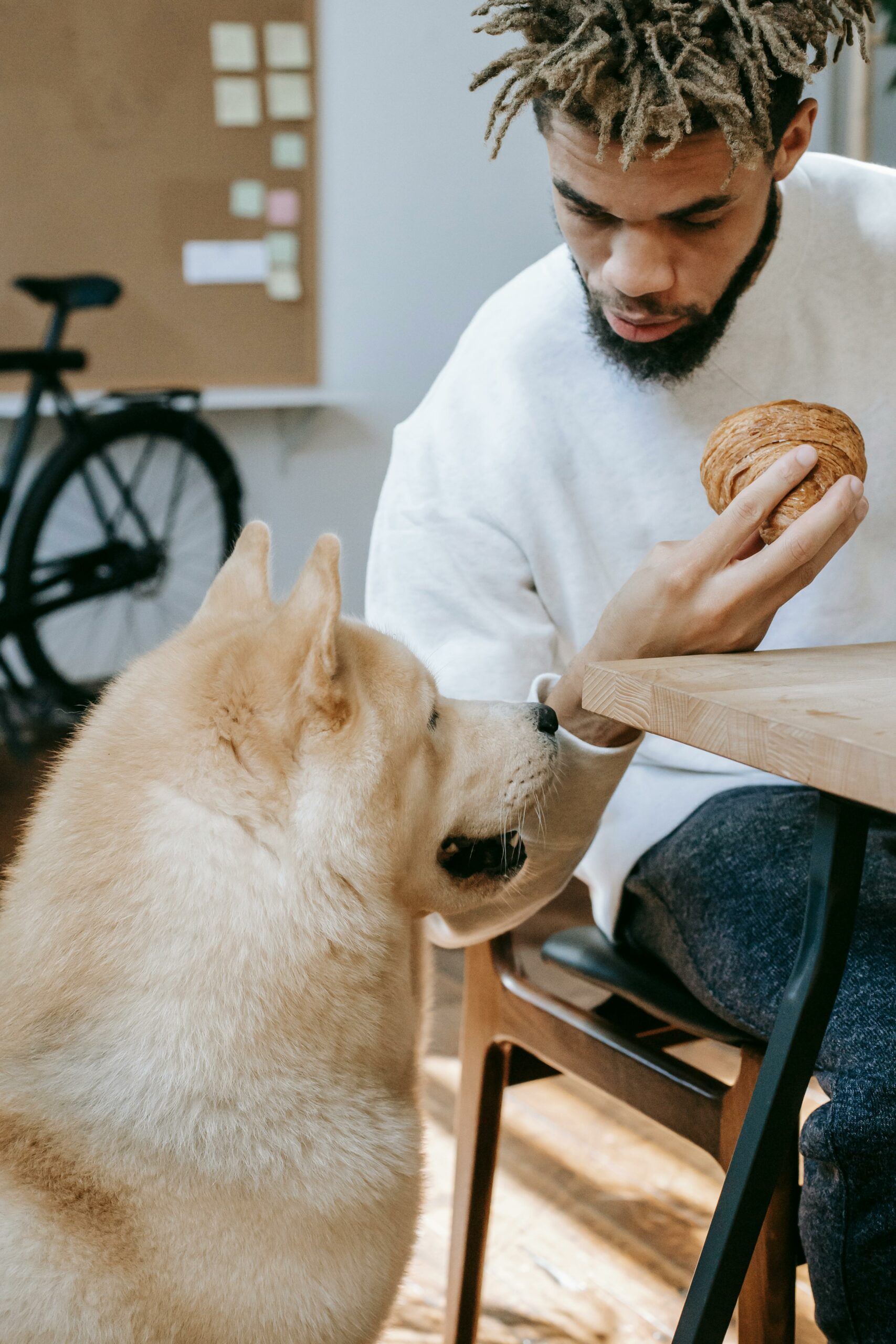
Meal times and potty breaks should be coordinated to create a predictable routine for your dog. Feed your pet at the same time each day, which will help regulate their bathroom schedule. After meals, take your dog outside for a potty break to reinforce the connection between eating and eliminating.
Effective Training Techniques
Housebreaking a stubborn dog can be a challenging task, but with effective training techniques, it is certainly achievable. By using positive reinforcement methods and knowing how to deal with accidents, you can successfully train even the most stubborn dog to become housebroken.
Positive Reinforcement Methods
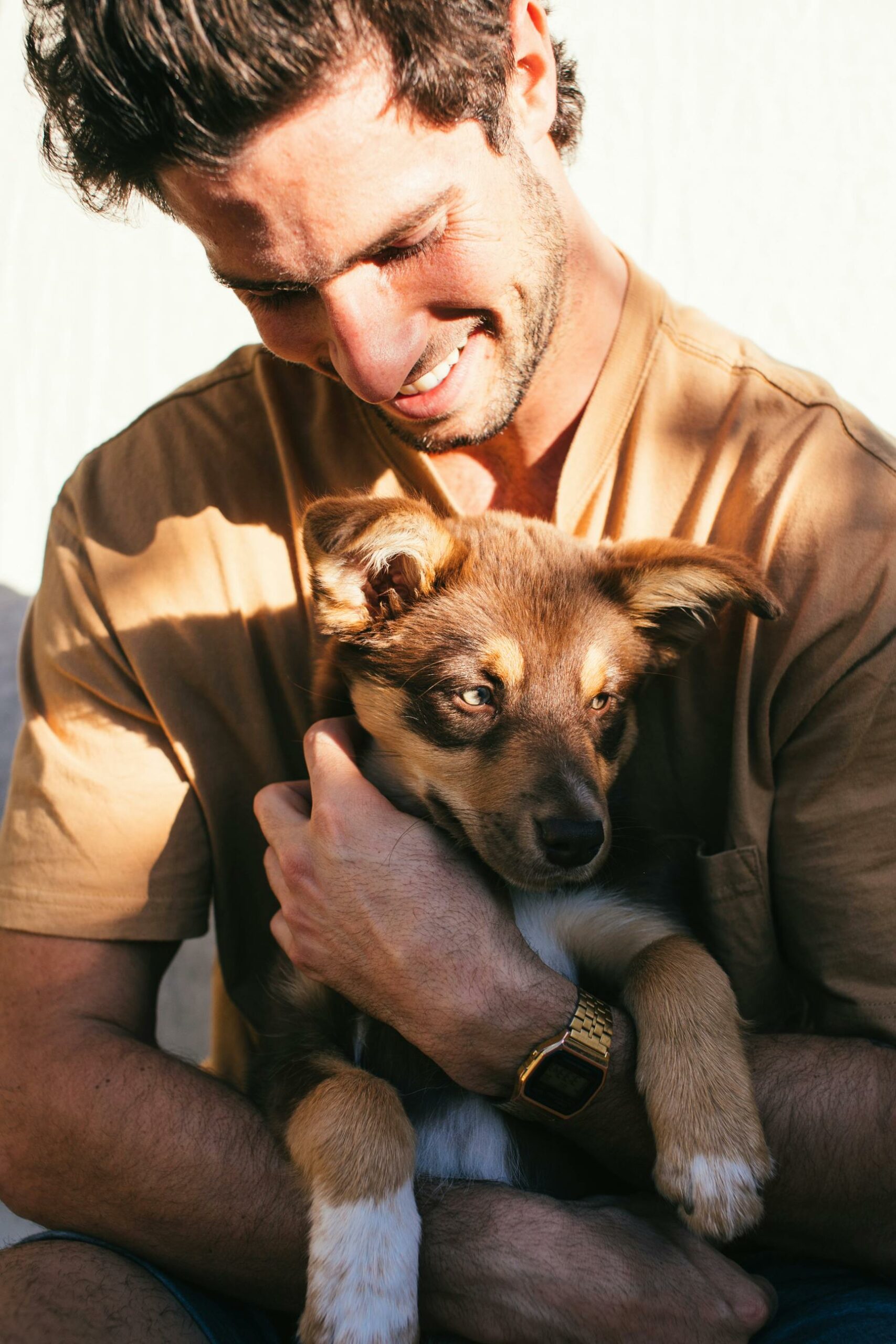
Positive reinforcement is a powerful tool when housebreaking a stubborn dog. Reward your dog with treats, praise, and affection when they exhibit the desired behaviour, such as eliminating outside. Consistency is key; make sure to reward your dog immediately after they perform the desired action. Avoid punishment, as it can lead to fear and anxiety, making housebreaking even more challenging.
Dealing With Accidents

Accidents are bound to happen during the housebreaking process. When an accident occurs, it’s crucial to remain calm and refrain from scolding or punishing your dog. Clean the area thoroughly with an enzymatic cleaner to eliminate any lingering scent. Reinforce outdoor elimination by taking your dog outside frequently and rewarding them when they eliminate in the appropriate spot.
Communication And Commands
Communication and Commands play a crucial role in housebreaking a stubborn dog. By effectively teaching essential commands and interpreting your dog’s signals, you can establish clear communication and create a positive learning environment.
Teaching Essential Commands
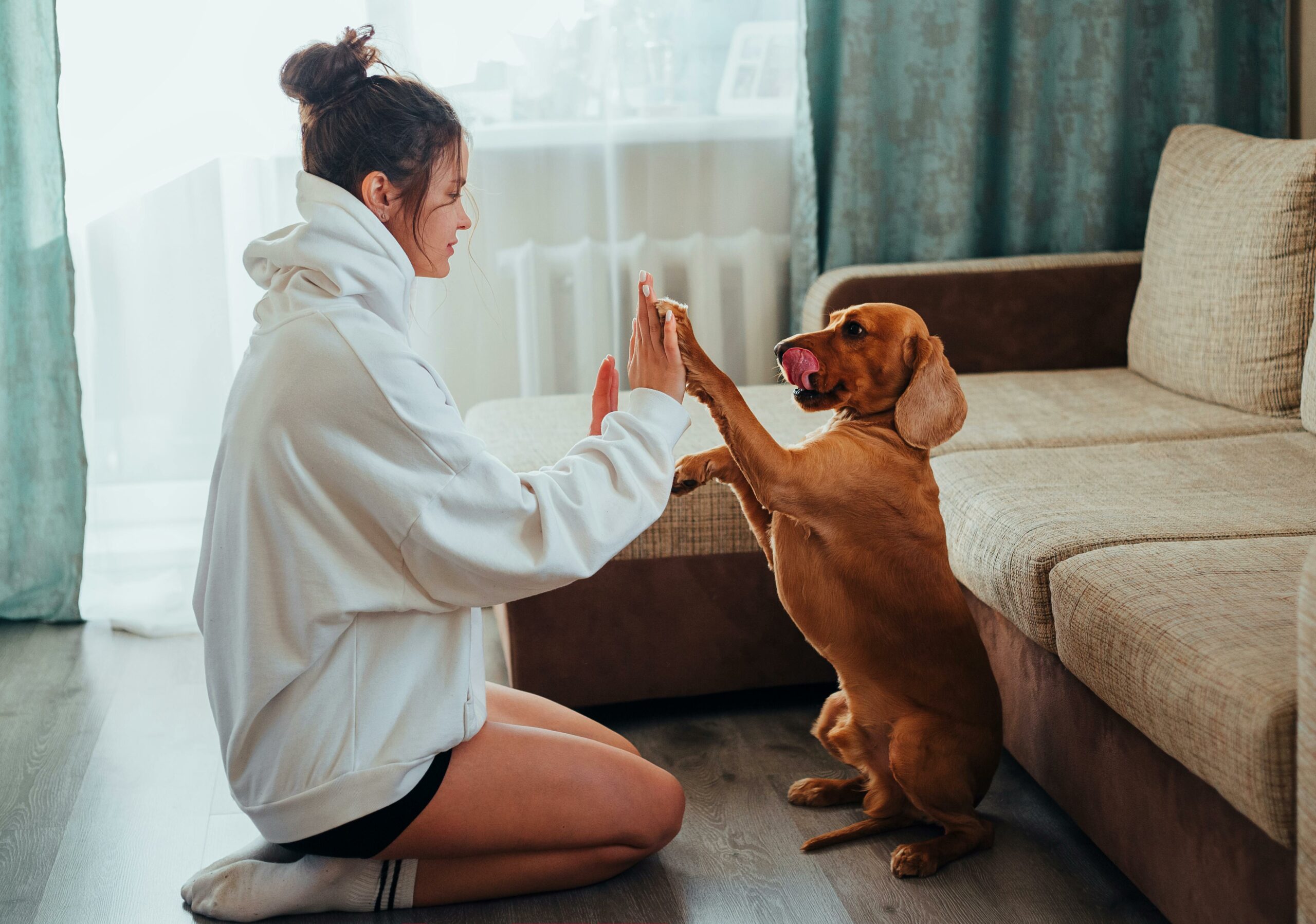
Teaching your dog essential commands such as “sit,” “stay,” “come,” and “potty” is vital for successful housebreaking. Consistency and positive reinforcement are key. Use clear, simple commands and reward your dog with treats and praise when they obey. Repetition is essential, and short, frequent training sessions are more effective than long ones.
Interpreting Your Dog’s Signals
Understanding your dog’s body language and behaviour is crucial. Look for signs such as sniffing, circling, or whining, which indicate that they need to go outside. By observing and responding to these signals, you can reinforce the desired behaviour and prevent accidents indoors.
Addressing Behavioural Issues
Managing Territorial Marking
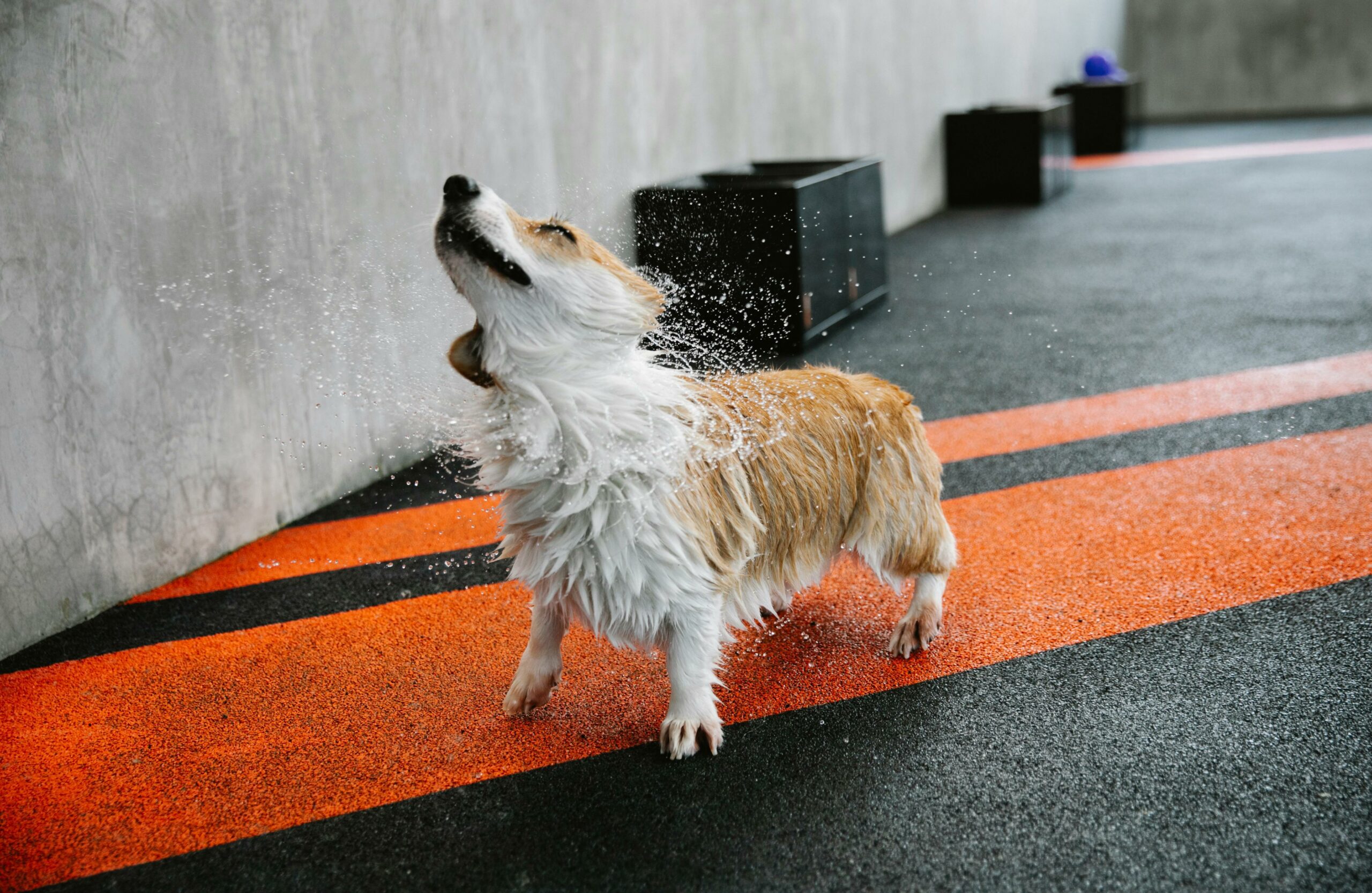
Dogs are territorial animals and may exhibit marking behaviour to establish their territory. To manage territorial marking, establish a consistent routine for outdoor bathroom breaks, and clean any marked areas with an enzymatic cleaner to remove the scent. Additionally, consider using positive reinforcement and rewards for appropriate bathroom behaviour to discourage marking indoors.
Handling Anxiety And Fear
Dogs may exhibit stubborn behaviour due to anxiety or fear. When housebreaking a stubborn dog with anxiety or fear, it’s important to create a calm and secure environment. This can be achieved by providing a quiet space for the dog to retreat to and offering positive reinforcement for desired behaviour. Consistent training and patience are key in helping the dog overcome their anxiety and fear.
Monitoring Progress And Setbacks
As you work on housebreaking your stubborn dog, it’s crucial to keep an eye on their progress and setbacks. Here are some key strategies to help you track and adjust your approach:
Tracking Your Dog’s Improvements
- Use a daily log to note successful potty outings.
- Monitor any accidents or regressions in behaviour.
- Keep track of the times your dog typically needs to go out.
Adjusting Strategies As Needed
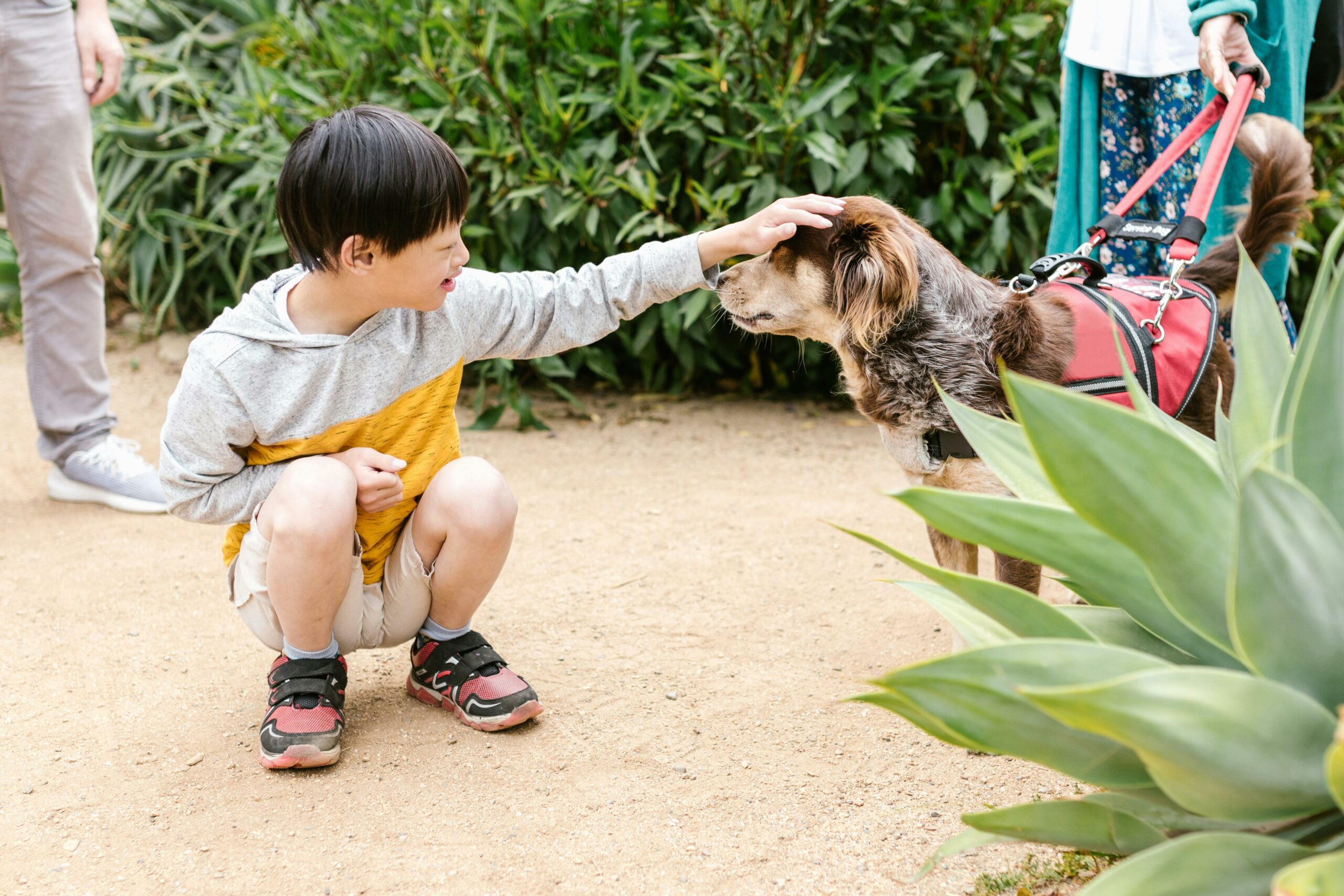
- Be flexible and willing to try new methods.
- Consult with a professional trainer for guidance.
- Stay patient and consistent in your training efforts.
When To Seek Professional Help
Housebreaking a stubborn dog can be challenging. Seek professional help if training efforts are unsuccessful. Professional trainers can provide tailored solutions to address your dog’s specific needs.
If you have a stubborn dog that is not responding to your efforts to housebreak them, it may be time to seek professional help. A professional dog trainer can help you understand your dog’s behaviour and provide effective training techniques to address the issue. Here are some signs that you may need to seek professional help:
Signs You Need A Trainer
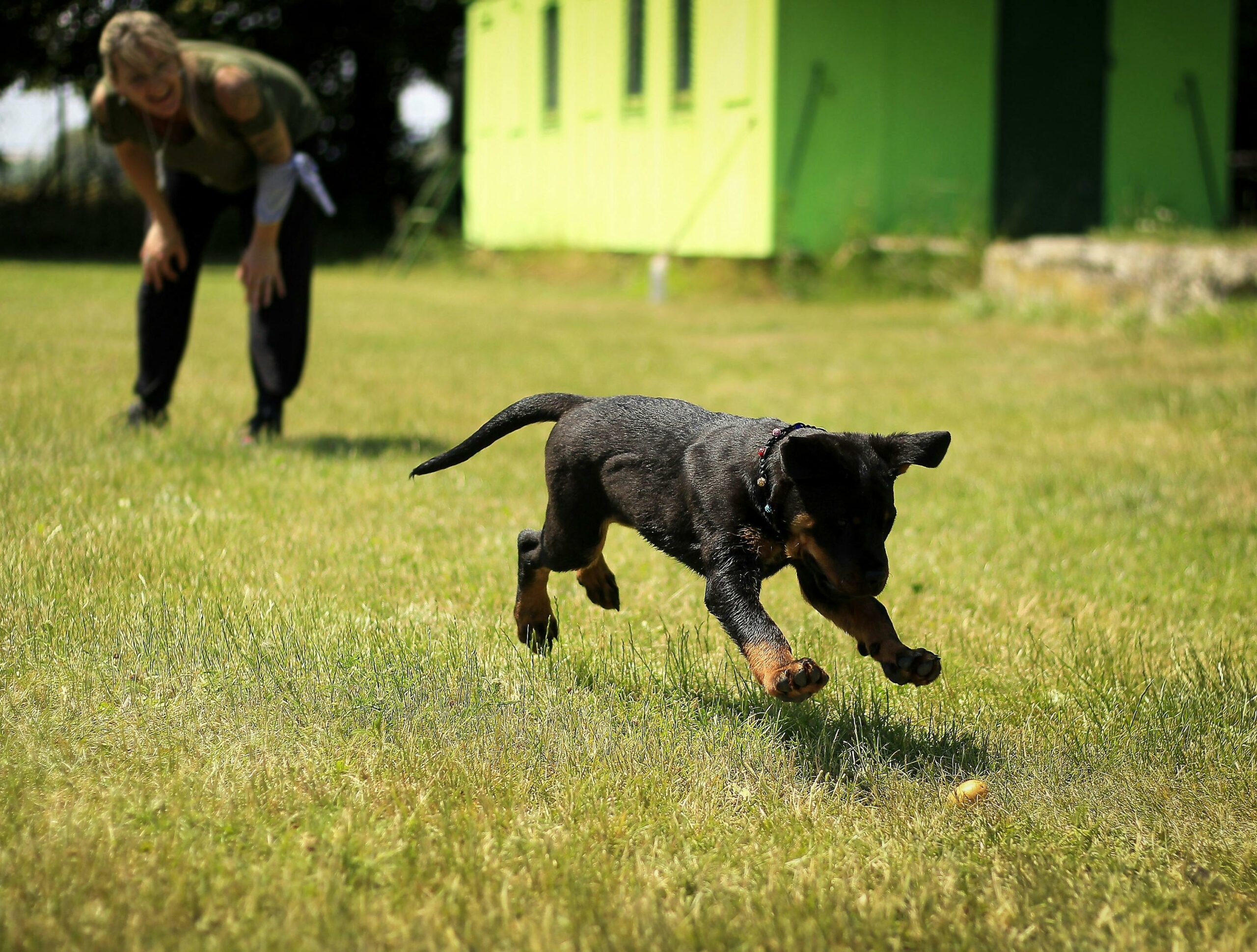
- Your dog is over six months old and still not housebroken
- Your dog has frequent accidents inside the house
- Your dog shows signs of anxiety or fear when going outside
- You have tried multiple housebreaking techniques with no success
If you notice any of these signs, it is essential to seek professional help to prevent the problem from getting worse. A professional dog trainer can assess your dog’s behaviour and create a customized training plan that meets your dog’s needs and your lifestyle.
Benefits Of Professional Training
Professional dog training offers several benefits, including:
- Expertise in understanding dog behaviour
- Customized training plans tailored to your dog’s needs
- Effective training techniques that produce quick results
- Access to professional resources, such as training tools and equipment
- Ongoing support and guidance throughout the training process
Professional training can be an investment in your dog’s future, as it can prevent behavioural issues from developing and strengthen your relationship with your furry friend. By seeking professional help, you can ensure that your dog receives the best possible care and training to become a well-behaved and happy member of your family.
In conclusion, if you have a stubborn dog that is not responding to your efforts to housebreak them, seeking professional help can be the best solution. A professional dog trainer can assess your dog’s behaviour, create a customized training plan, and provide ongoing support and guidance to help you achieve your housebreaking goals.
Maintaining Housebreaking Success
To maintain housebreaking success with a stubborn dog, consistency, and patience are key. Establish a routine, provide positive reinforcement, and supervise closely to prevent accidents. Consistent training and positive reinforcement will help your dog understand the desired behaviour.
Reinforcing Good Behaviour
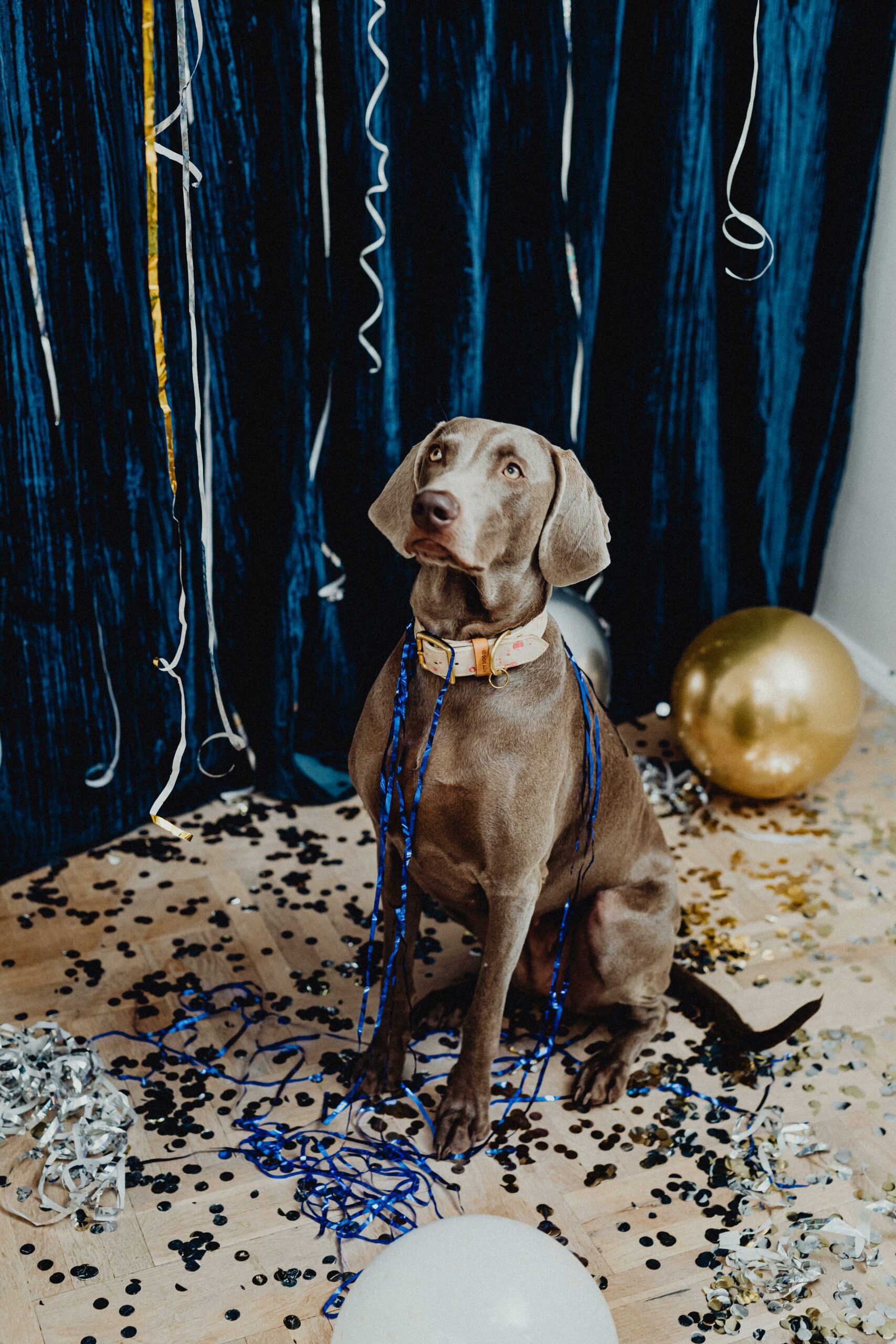
Consistently praise and reward your dog when they exhibit positive behaviour during housebreaking.
- Use verbal praise, treats, or their favourite toy as rewards.
- Establish a routine for potty breaks to reinforce good habits.
Long-term Strategies For Consistency
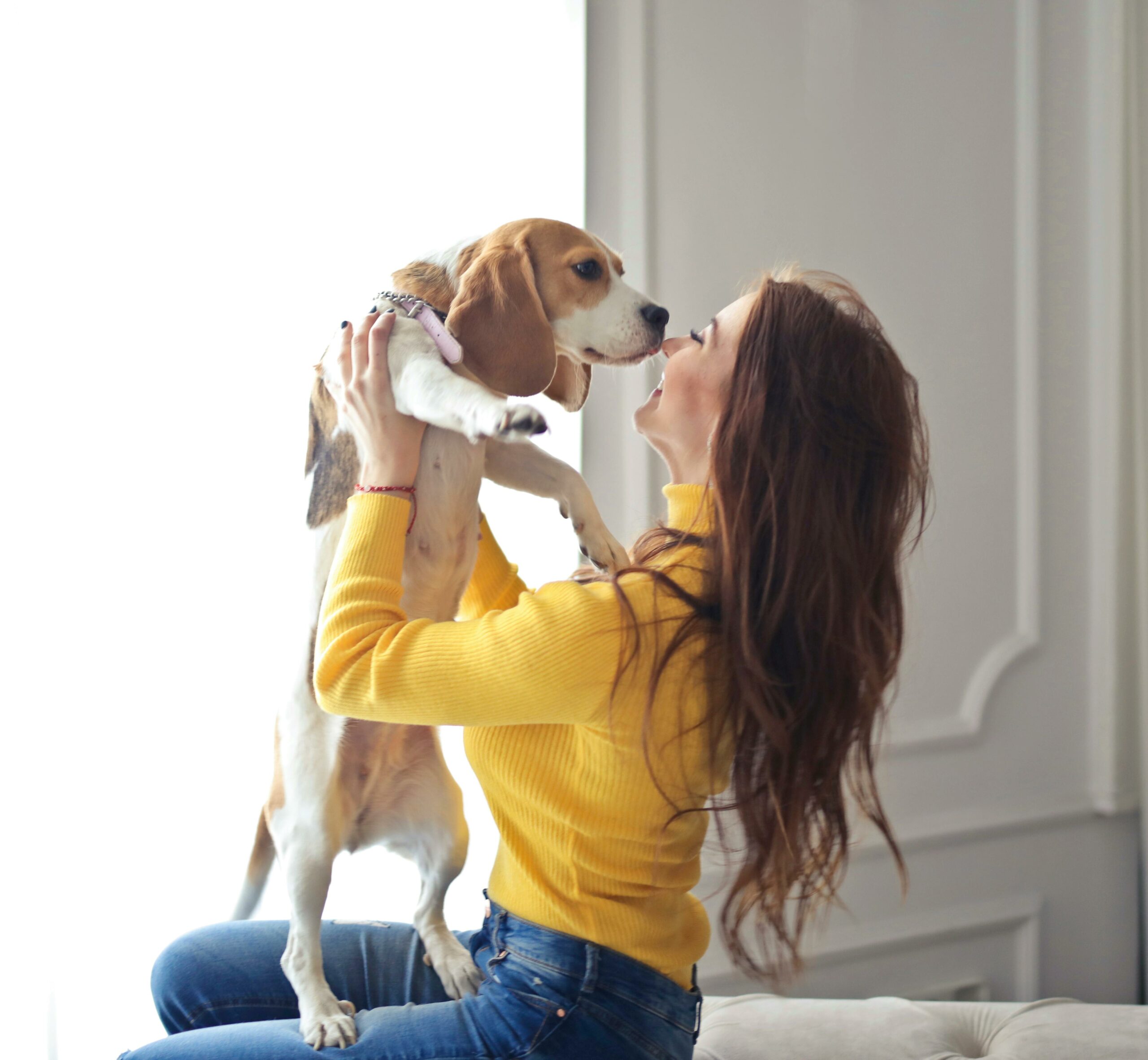
Stay vigilant in monitoring your dog’s behaviour and reinforcing the housebreaking training.
- Continue to reward good behaviour to maintain consistency.
- Implement regular bathroom breaks to prevent accidents.
Frequently Asked Questions
Are Some Dogs Impossible To Potty Train?
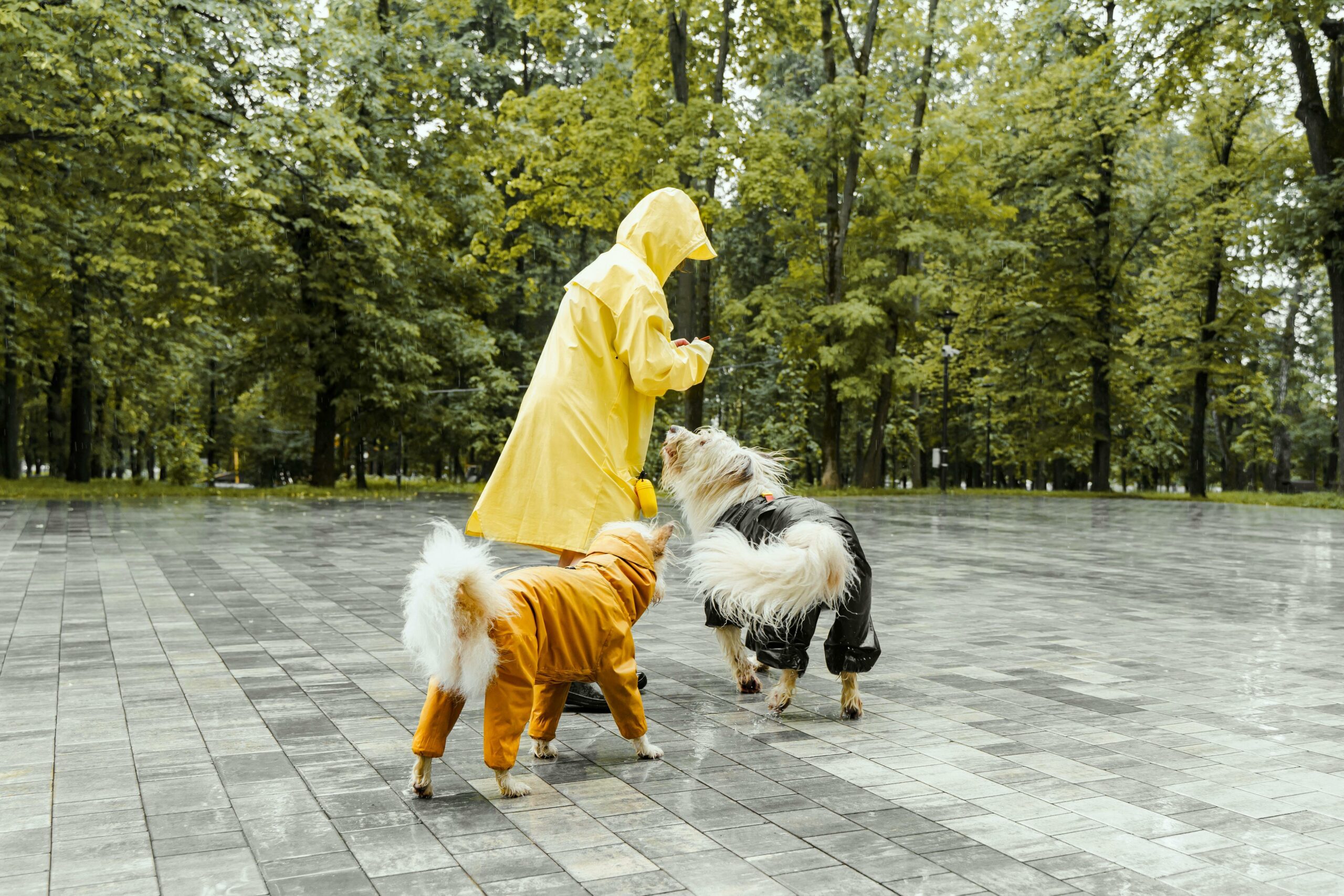
No, there are no dogs that are impossible to potty-train. However, some dogs may take longer to train or may have certain medical or behavioural issues that need to be addressed. Patience, consistency, and positive reinforcement are key in successfully potty training any dog.
How To Get A Stubborn Dog Potty Trained?
To potty-train a stubborn dog, be consistent with a set schedule, use positive reinforcement, and supervise closely. Employ crate training and clean up accidents promptly to reinforce desired behaviour.
Why Is My Dog Having Such A Hard Time Potty Training?
Potty training difficulties in dogs may be due to inconsistent training, health issues, or anxiety. Consistent routine, positive reinforcement, and patience can help improve potty training. Consulting a veterinarian can also rule out any underlying health concerns.
How Do You Stop A Dog From Peeing And Pooping In The House?
To stop a dog from peeing and pooping in the house, provide consistent potty training, establish a routine, praise and reward good behaviour, and supervise closely. Clean accidents with an enzymatic cleaner to remove odours and discourage future accidents. Consider consulting a professional trainer for additional guidance.
Successfully housebreaking a stubborn dog requires patience, consistency, and positive reinforcement. By understanding your dog’s behaviour and needs, you can create a structured routine that promotes learning. Remember to celebrate small victories and never resort to punishment. With time and dedication, your furry friend will become a well-behaved and potty-trained companion.
